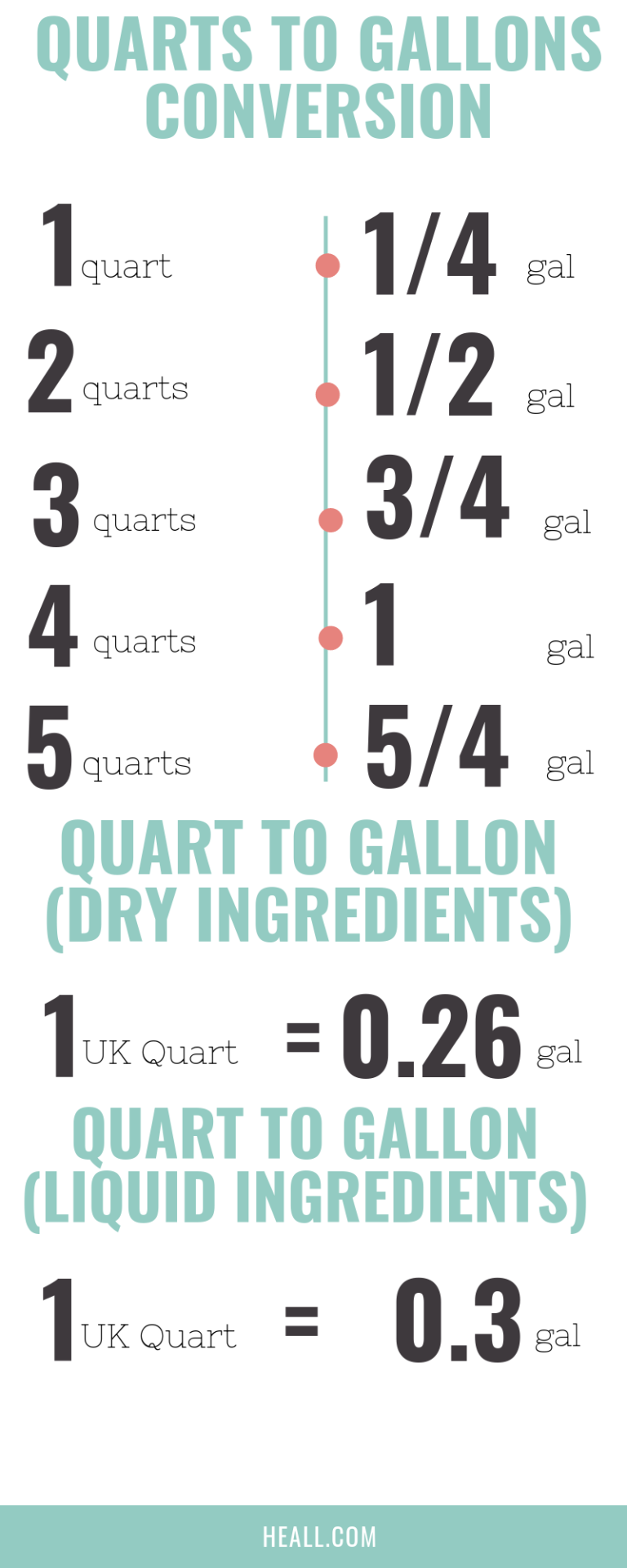Have you ever found yourself staring at a recipe that calls for 7 liters of liquid, but your measuring containers only show quarts? This is a common dilemma for anyone who cooks, bakes, or simply needs to make accurate measurements. The world of liquid volume can be a little confusing, especially when dealing with different units of measurement. But don’t worry, this article is here to guide you through the world of liters and quarts, helping you confidently convert between the two with ease. Understanding how to accurately convert between liters and quarts isn’t just a kitchen skill, it’s a fundamental knowledge that can be valuable in various scenarios, from home projects to scientific experiments.

Image: printableensiles.z14.web.core.windows.net
In this in-depth guide, we’ll explore the relationship between liters and quarts in detail. We’ll delve into their historical origins, discuss the various types of quarts, and provide helpful examples to illustrate how to perform accurate conversions. So, whether you’re whipping up a batch of homemade soup or measuring out chemicals for a science experiment, read on to become a master of the liter-to-quart conversion!
Understanding Liters and Quarts: A Journey Through History
Both liters and quarts have been used for centuries to measure liquid volume. The liter, a metric unit, originated in France during the late 18th century as part of the metric system, which aimed to create a standardized and simplified system of units. The quart, on the other hand, is an imperial unit with origins dating back to ancient Rome. Throughout history, the definition of a quart has varied across different countries and even within the same country over time.
Types of Quarts: Navigating the Liquid Measurement Landscape
One of the challenges in converting liters to quarts lies in the fact that the term “quart” isn’t a single, universal measurement. It can be confusing because the US and the UK utilize different definitions of a quart, leading to discrepancies in measurements. To make matters a little more complex, there are different types of quarts within the US and the UK systems. Here’s a breakdown:
US Quarts
- US Liquid Quart (US qt): This is the most common type of quart used in the United States and is defined as 57.75 cubic inches. It’s primarily used for measuring liquids like milk, juice, and water.
- US Dry Quart (US dry qt): This quart, while less common than the US liquid quart, is specifically used for measuring dry goods like grains, fruits, and vegetables. It’s slightly larger than the US liquid quart, measuring 67.2 cubic inches.

Image: lessonberginsorcerer.z21.web.core.windows.net
UK Quarts
- Imperial Quart (imp qt): Although the UK now uses the metric system, the Imperial Quart is still used in some parts of the Commonwealth. Unlike the US quart, it’s defined as 1.13652 liters, making it a slightly larger unit than the US liquid quart.
7 Liters to Quarts: Converting with Precision
Now that you have a clear understanding of the different types of quarts, let’s dive into the crucial conversion process. The conversion ratio between liters and quarts depends on the specific type of quart you’re using.
Converting 7 Liters to US Liquid Quarts
To convert 7 liters to US liquid quarts, we use the following formula:
US Liquid Quarts = Liters x 1.0567
Therefore, 7 liters is equal to 7.397 liters x 1.0567 = 7.82 US liquid quarts.
Converting 7 Liters to US Dry Quarts
While 7 liters to US dry quarts is not commonly requested, you can follow this formula:
US Dry Quarts = Liters x 0.9081
Therefore, 7 liters is equal to 7.397 liters x 0.9081 = 6.72 US dry quarts.
Converting 7 Liters to Imperial Quarts
For Imperial Quarts, the conversion is simple:
Imperial Quarts = Liters x 0.8799
Therefore, 7 liters is equal to 7.397 liters x 0.8799 = 6.51 Imperial Quarts.
Examples of Real-World Applications: From Cooking to Science
The ability to convert between liters and quarts holds practical value in various scenarios, ranging from everyday tasks to scientific applications:
Cooking and Baking
Imagine you’re following a recipe that calls for 7 liters of tomato sauce. Your measuring cup, however, is only calibrated in quarts. Using our conversion knowledge, you know to measure out roughly 7.82 US liquid quarts of tomato sauce to achieve the desired quantity.
Gardening and Home Projects
Gardening often involves measuring out precise amounts of liquid fertilizer or pesticides. Knowing how to convert liters to quarts can be critical in ensuring you’re delivering the correct dosages to your plants, promoting their healthy growth.
Science and Research
In the science field, accuracy is paramount. Researchers and scientists often work with solutions and reagents, requiring meticulous measurement. Knowing the exact conversions between liters and quarts ensures experiments are conducted with precision and reliable results.
Technology and the Future of Unit Conversion
The digital age has introduced numerous tools to ease unit conversions. Online calculators and mobile applications provide instant conversions, eliminating the need for manual calculations. These advancements make it even easier to bridge the gap between different units of measurement, improving efficiency in diverse fields.
7 Liters To Quarts
https://youtube.com/watch?v=gh7n5Rn87Jg
Conclusion
Mastering the conversion between liters and quarts is an essential skill for anyone who works with liquid volumes, from cooks to scientists. Understanding the different types of quarts and applying the appropriate conversion formulas ensures accuracy and precision in various tasks. We hope this guide has equipped you with the knowledge and confidence to convert between liters and quarts seamlessly, making your endeavors more efficient and successful.
Remember, the world of measurement is constantly evolving. Stay curious, explore new tools and resources, and continue to refine your understanding of unit conversions. After all, the more we learn about measurement, the better equipped we are to navigate the world around us.





